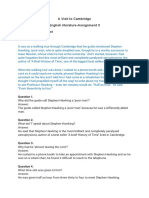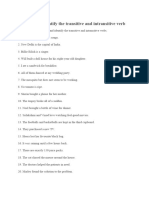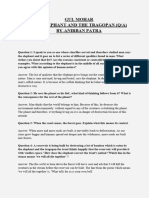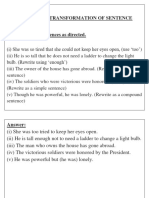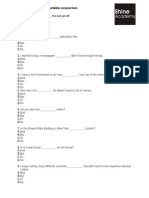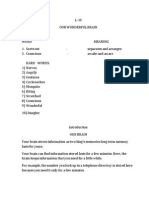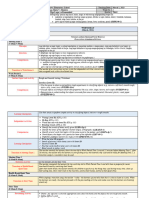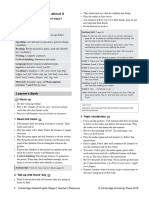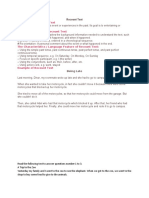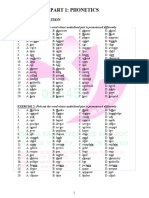0% found this document useful (0 votes)
4K views9 pagesHow To Change Number
The document outlines 14 rules for changing nouns from singular to plural in English. It provides examples for how to make nouns plural by adding "s", "es", changing the vowel sound, or using irregular plurals like "children". Exceptions are noted for some nouns that do not change form or have alternative plural versions. The rules cover a wide variety of cases for pluralizing nouns in English.
Uploaded by
Arianna NicoleCopyright
© © All Rights Reserved
We take content rights seriously. If you suspect this is your content, claim it here.
Available Formats
Download as DOCX, PDF, TXT or read online on Scribd
0% found this document useful (0 votes)
4K views9 pagesHow To Change Number
The document outlines 14 rules for changing nouns from singular to plural in English. It provides examples for how to make nouns plural by adding "s", "es", changing the vowel sound, or using irregular plurals like "children". Exceptions are noted for some nouns that do not change form or have alternative plural versions. The rules cover a wide variety of cases for pluralizing nouns in English.
Uploaded by
Arianna NicoleCopyright
© © All Rights Reserved
We take content rights seriously. If you suspect this is your content, claim it here.
Available Formats
Download as DOCX, PDF, TXT or read online on Scribd
/ 9














